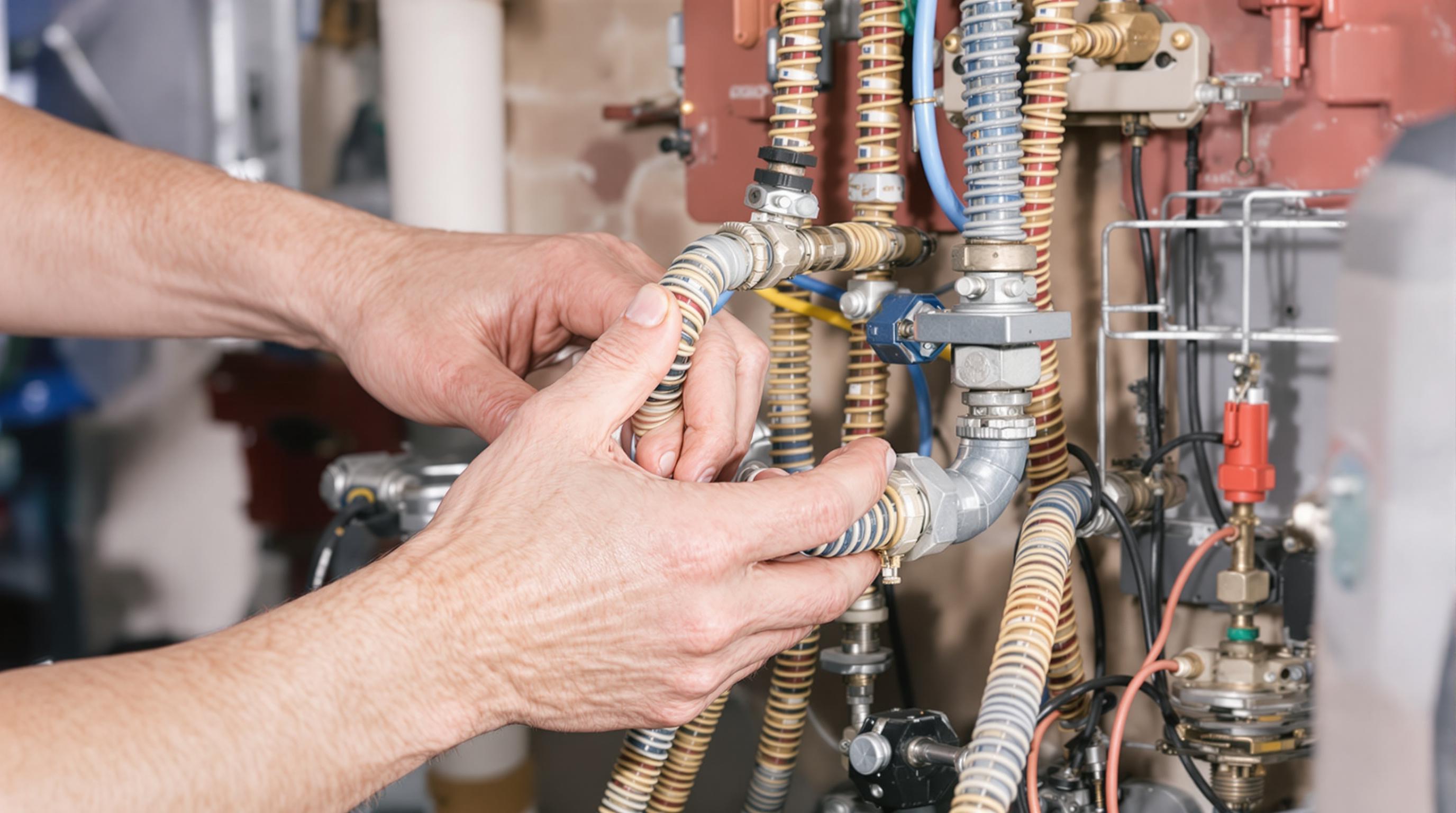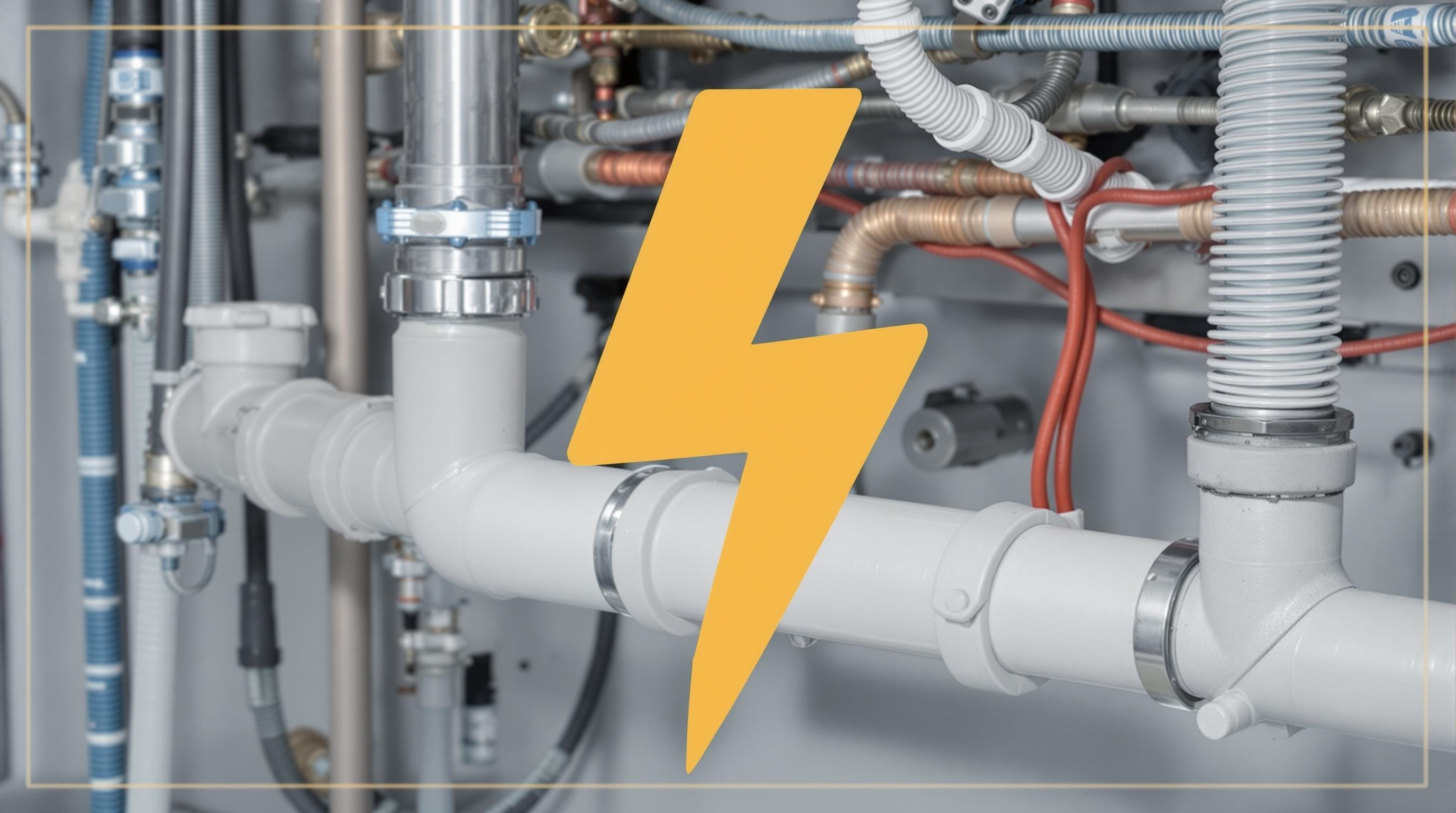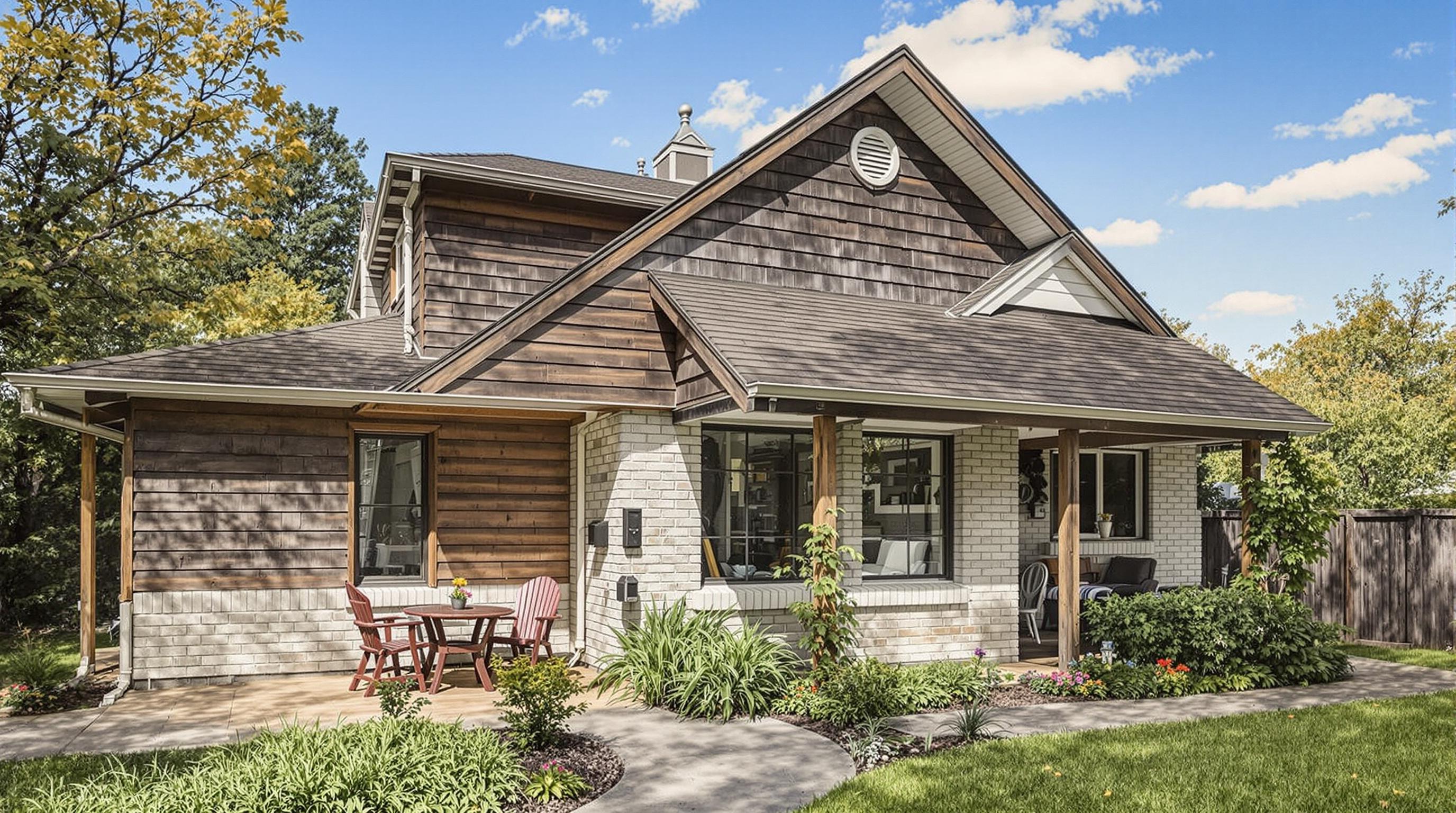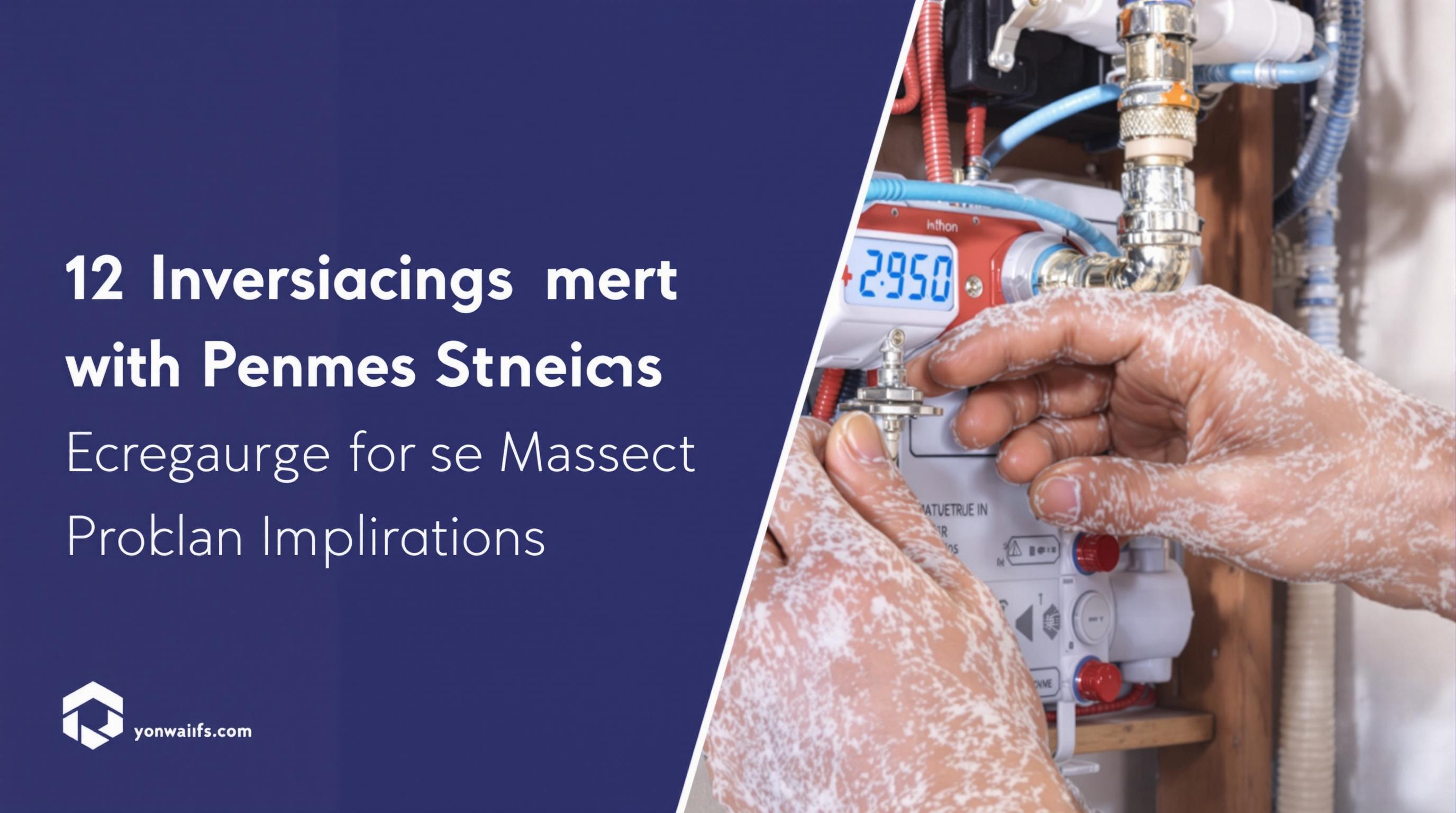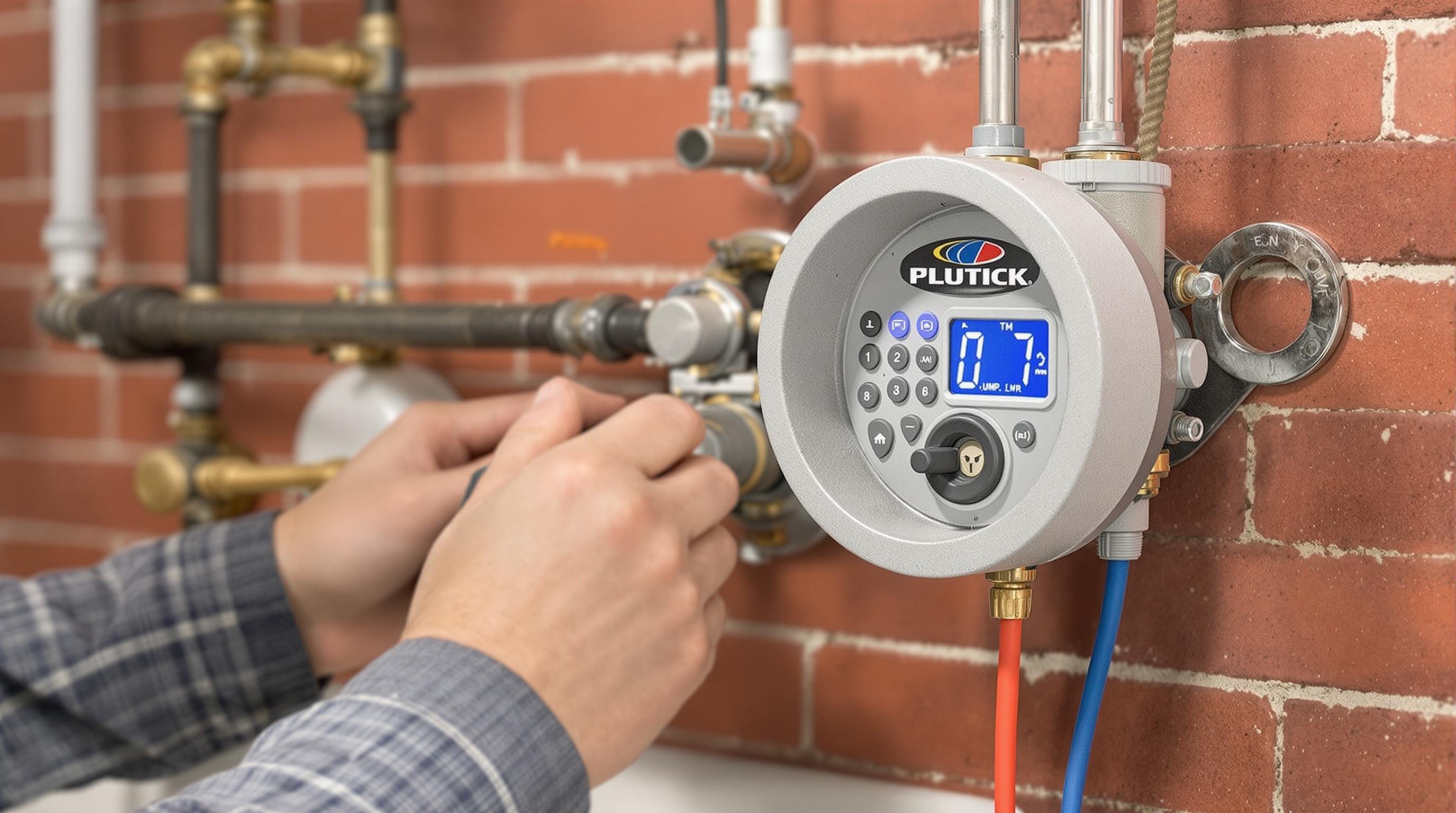Related Articles
- The Hidden Influence of Ergonomics: How Tool Design Shapes Our Physical Spaces and Daily Lives
- The Silent Influence: How Hidden Home Implements Shape Our Daily Routines and Spaces
- The Counterintuitive Role of Chaos: How Messy Tool Storage Can Lead to Unexpected Home Innovations
- Exploring the Unseen: How Audio Experiences Shape the Art of Domestic Spaces and Color Perception
- Rethinking the Mundane: How Everyday Objects are Becoming the Canvas for Modern Artistic Expression in Home Spaces
- Cultivating Chaos: The Surprising Benefits of Embracing Weeds in Your Garden Ecosystem
9 Little-Known Ways Plumbing and Electrical Systems Influence Homeowner Insurance Rates and Claims You Must Discover
9 Little-Known Ways Plumbing and Electrical Systems Influence Homeowner Insurance Rates and Claims You Must Discover
Introduction to Homeowner Insurance
Homeowner insurance is a crucial aspect of property ownership, providing financial protection against various risks. However, not many homeowners realize that the plumbing and electrical systems within their homes can significantly impact their insurance rates and claims. Understanding these influences may empower homeowners to make informed decisions about their property and insurance coverage.
The complexity of plumbing and electrical systems often means that they require regular maintenance and inspections. Insurance companies assess these systems when determining risk factors associated with a property. Homeowners who are aware of the potential influence of these systems can better navigate their insurance options and even reduce premiums through proactive measures.
In this article, we will explore nine lesser-known ways that plumbing and electrical systems affect homeowner insurance rates and claims, equipping you with insights that could be beneficial for both your peace of mind and your wallet.
1. Age of Plumbing and Electrical Systems
The age of your plumbing and electrical systems can significantly influence insurance rates. Older systems may be more susceptible to failures and pose risks such as leaks or electrical fires. Insurers are more likely to charge higher premiums for homes with outdated infrastructure.
Many insurance companies may require an inspection of these systems, especially if the home is over 30 years old. If problems are found, homeowners may face increased premiums or even challenges when filing claims, as policies may not cover pre-existing issues.
Upgrading outdated plumbing or electrical systems can not only enhance safety but may also lead to lower insurance premiums over time, making it a wise investment for homeowners.
2. Types of Materials Used
The materials used in your plumbing and electrical systems can greatly affect insurance rates. For example, homes with copper plumbing are typically viewed more favorably than those with older materials such as galvanization, which is prone to corrosion.
Similarly, the type of wiring in your electrical system can influence your insurance premium. Homes with aluminum wiring, for instance, may be considered higher risk due to their association with house fires. Insurers may require homeowners to replace these materials before coverage is extended.
Investing in modern materials not only improves safety but can also make you eligible for discounts on home insurance. It's worth consulting with your insurance agent to see if your home’s materials are advantageous.
3. Frequency of Repairs and Claims
The frequency of plumbing and electrical repairs and prior claims can impact your insurance rates. A history of recurring issues may suggest that a home is high-risk, leading insurance companies to increase premiums accordingly.
Insurance providers often track claims and assess your property’s claim history. If numerous claims have been filed for plumbing or electrical issues, insurers may perceive the property as problematic and charge accordingly.
Homeowners should strive to maintain their systems and avoid high claim numbers. This not only keeps costs down but also improves relationships with insurers, leading to better service and potential discounts.
4. Preventive Maintenance
Regular preventive maintenance of plumbing and electrical systems can lead to lower insurance premiums. Homeowners who document periodic inspections or repairs show insurers that they are proactive, which can mitigate risk.
Many insurance companies offer discounts for homes that maintain updated service records. Squeaky clean records that demonstrate care can not only improve relationships with insurers but may also lower the chances of claims being filed.
Engaging with certified professionals for regular check-ups is an investment that pays off, as it often leads to peace of mind and potential savings on insurance costs.
5. Locality and Weather Influences
Your geographic location, along with local weather patterns, can affect your plumbing and electrical systems' risk profiles, subsequently influencing insurance rates. Areas prone to severe weather events, such as hurricanes or heavy snow, may see higher premiums.
For instance, homes in flood-prone areas may require additional protection for plumbing systems, while regions susceptible to storms may need enhanced electrical systems. Insurers calculate risks based on these environmental factors, making location a pivotal point in determining rates.
Understanding how your locale impacts your systems can prepare you for possible adjustments in your insurance needs and strategies for minimizing risks associated with natural disasters.
6. Security Features Integrated with Systems
Modern homes often integrate security systems that monitor plumbing leaks and electrical malfunctions. These features can lead to lower insurance premiums as they significantly reduce risk.
Insurance companies favor homes equipped with distinctly beneficial technologies, such as smart water alarms and smoke detectors linked to automated systems. Homeowners should inquire about discounts for such installations when discussing insurance options.
Ultimately, investing in smart security enhancements can not only enhance the safety of your home but also lead to meaningful savings on homeowners' insurance premiums.
7. Building Codes and Compliance
Compliance with local building codes concerning plumbing and electrical systems plays a fundamental role in assessing homeowner insurance. Homes that meet or exceed these codes are often deemed less risky and, therefore, may receive favorable insurance rates.
Conversely, violations or outdated compliance can lead to higher premiums, as insurers may suspect that the risk of failure is increased. Regular inspections to ensure compliance are essential.
Homeowners should stay informed about their local codes to ensure that their systems are up to standard, which could not only save them money but also add to the overall value of their property.
8. Home Renovations
Any renovations involving plumbing or electrical systems should be carefully considered as they can affect your homeowner insurance rates. If renovations aren’t reported to your insurer, you may face challenges during claims.
On the other hand, upgrading these systems typically leads to better coverage. New systems that substantially improve safety or efficiency can prompt insurers to re-evaluate premium rates, potentially leading to reductions.
Always consult with your insurance provider before embarking on home renovations to understand the implications for your policy and coverage.
9. Water Damage and Electrical Failure Risk
The risks associated with water damage and electrical failure are primary concerns for insurance companies. Homes with a history of such issues face increased premiums, as the likelihood of future claims is higher.
Insurance companies analyze the frequency of past incidents and adjust rates accordingly. Serious claims can impact premiums for years to come, often leading to ongoing financial ramifications for homeowners.
Taking steps to minimize these risks—such as installing better drainage systems, managing water pressure, or upgrading electrical panels—can help mitigate potential costs while improving safety.
Conclusion
The intertwined relationship between plumbing and electrical systems and homeowner insurance rates is a complex one, driven by numerous factors that many homeowners may overlook. By understanding these nuances, you can become more proactive in your insurance approach, ensure greater safety for your property, and potentially lower your financial outlay.
Taking stock of your property’s plumbing and electrical systems offers clearer insight into your insurance needs, paving the way for informed decisions that protect both your home and your wallet. In the vast tapestry of homeownership, knowledge truly is power.
As an informed homeowner, you hold the key to unlocking financial benefits and safeguarding your greatest investment. Ensure that your systems are both up-to-date and in compliance, and prove with regular maintenance visits that you are committed to maintaining a safe and secure home.

